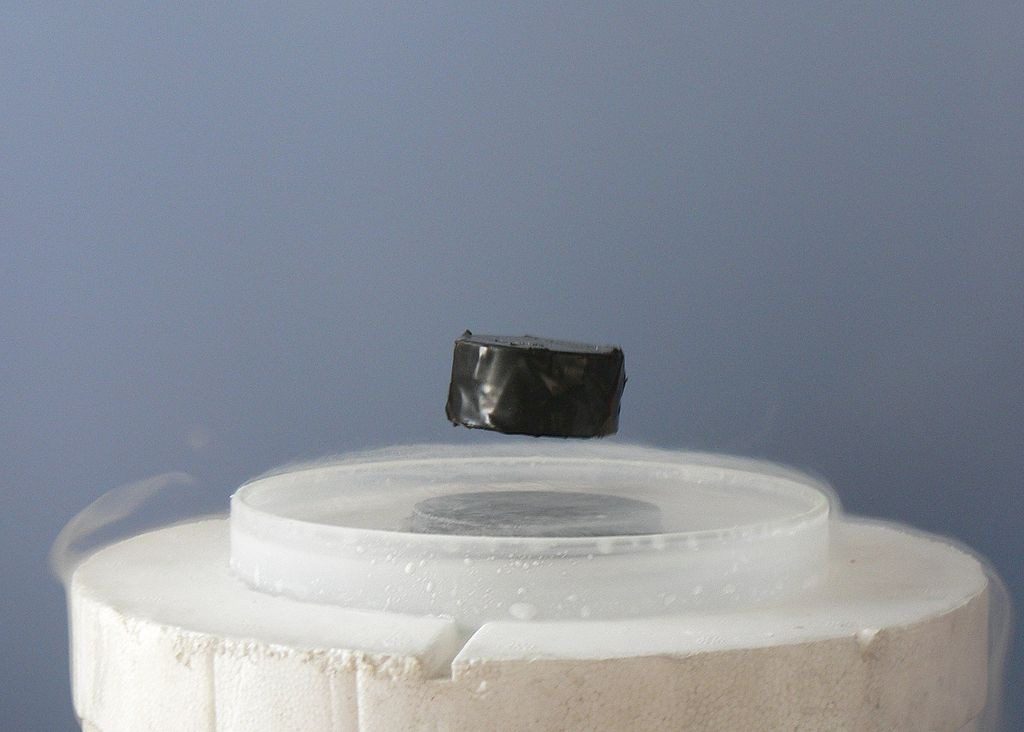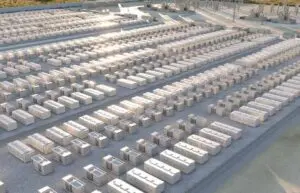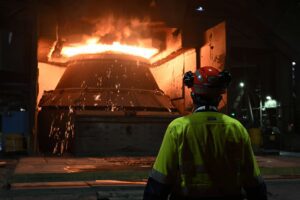A team of researchers has uploaded a new scientific paper on a new discovery of room-temperature superconductors that, if it holds true, could revolutionise the world’s energy systems.
The paper describes the discovery of what it says is the first room temperature, ambient pressure superconductor using relatively cheap and available materials – oxygen, copper, and lead.
Because this paper is a preprint, the fact that the research team is part of a small startup, and because other similar claims have been retracted in the past, most scientists are remaining cautious for now.
However, if this is confirmed and replicated, it could be one of the biggest physics announcements of this century.
It would allow longer-lasting batteries, power grids with no loss of efficiency, and even low cost highspeed maglev trains.
When electricity is moved from place to place – whether that’s inside your phone, or from a solar panel to a battery – some energy is lost through ‘resistance’. This resistance produces heat.
A superconductor is a material whether there’s no resistance at all, and every electron is able to flow through the system.
Currently we use superconductors in things like MRI machines or particle accelerators. The reason why they’re not used more is that superconductors currently need to be at very low temperatures – around 200 °C – so they’re not practical for most purposes.
Scientists have been searching for decades for other materials that would work at both ambient temperature and pressure. Recently scientists have even suggested using small sections of superconducting cables in the grid system to boost their efficency.
Other superconducting material has been shown at higher temperature then this, but only at over a million times atmospheric pressure, which makes this more of a novelty than a useful tool.
But this new research suggests that they’re superconductor – which they’ve called LK-99 – could work at up to 126 °C, which would be an incredible feat. The team demonstrated this in the paper through zero-resistivity, critical current, critical magnetic field and the Meissner effect.
The team have suggested that the reason that it works is not temperature dependent, instead from a small distortion of the material itself.
If this is proven, it would revolutionise many aspects of our energy transition – from grid management to electric cars. Technology enthusiasts have been abuzz with the potential of the research.
Clean energy thought leader Michael Liebreich wrote: “Room temperature superconductor breakthrough? If this replicates it could have… implications.” Another user suggested it could be “the biggest physics discovery of my lifetime.”
However, there’s been plenty of scepticism since the paper dropped last week. The team are mostly unknown South Korean researchers from a start-up called the Quantum Energy Research Centre.
For extraordinary claims like this, scientists will likely need extraordinary evidence to be convinced.
However, one of the more well-known researchers – Hyun-Tak Kim at the College of William & Mary in Virginia – told New Scientist that he believes in his team’s work and will support anyone trying to replicate it.
Time will tell whether this will be a Nobel Prize winning discovery, or an unsuccessful design lost to history.










